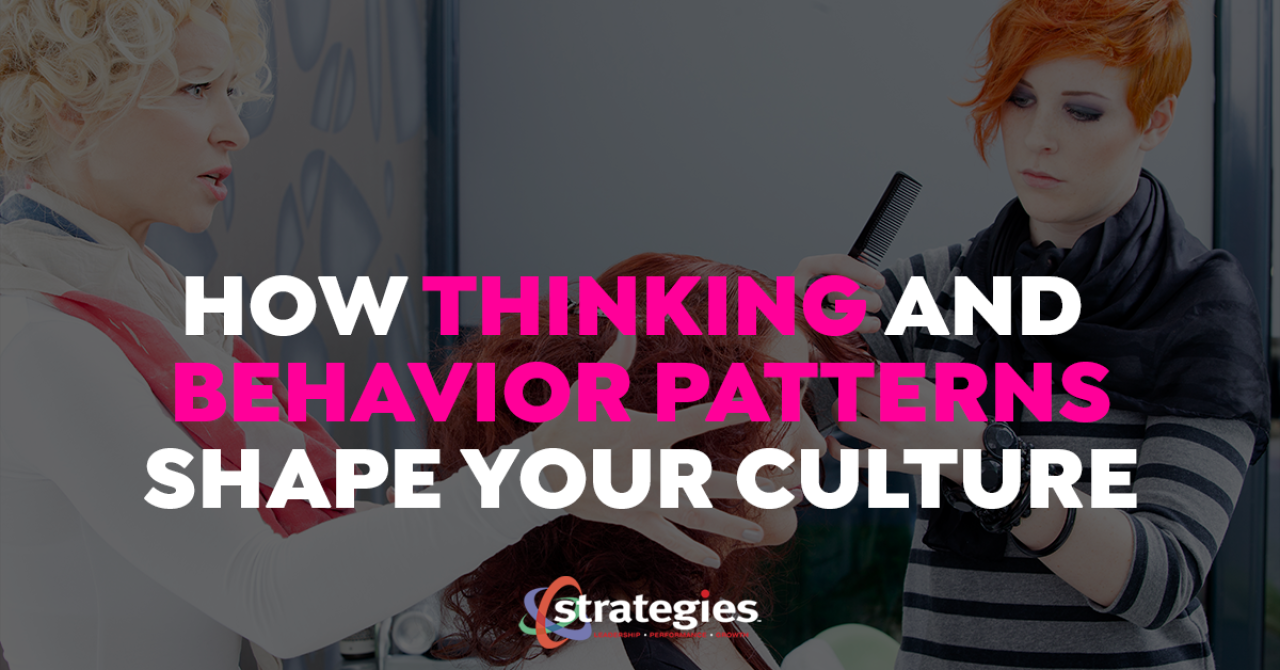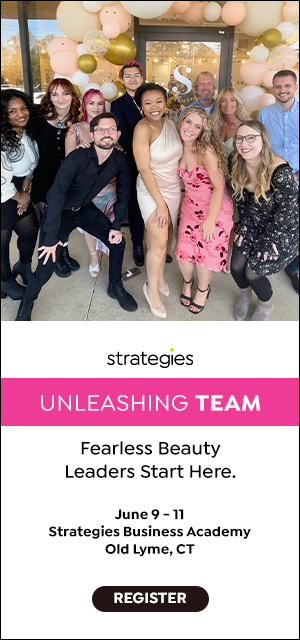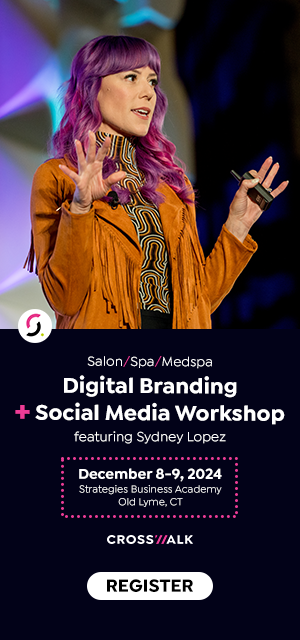How Thinking & Behavior Patterns Shape Your Culture

For leaders, the challenge is to harness all those patterns of thinking and behavior into one highly functional and impressive tapestry. That tapestry is your company’s culture. Some patterns fit. Others don’t. Some patterns fade over time and need to be replaced. Some patterns act as support, holding things together. Some patterns lose their integrity causing the patterns that surround them to also lose theirs - that is, if you’re not paying attention.
Just as systems drive outcomes, patterns of thinking and behavior drive deeper outcomes, like trust, teamwork, loyalty, empowerment, passion and urgency. Thinking and behavior manifest themselves into a company culture. It’s pretty deep stuff, but identifying and understanding thinking and behavior patterns … and coaching those patterns … will make your company and its culture powerfully effective. It’s what No-Compromise Leaders do.
Here are my no-compromise strategies for identifying, understanding and coaching patterns of thinking and behavior:
- How to observe and identify patterns: As a leader, your job is to continually assess the patterns of thinking and behavior in your leadership team and staff. You must also look inward at your own patterns of behavior because you set the standard for your entire culture. Look for and celebrate the patterns that fit and enhance the culture … not just the patterns that degrade it. Your quest is to understand the “why” of the patterns. Only then can you build on the positive patterns and effectively coach employees with patterns that do not support the culture. Note: This is not about catching people doing things wrong. It’s about identifying thinking and behavior patterns that reinforce your culture and coaching those that don’t. Seek to understand first. You can’t fix a pattern by simply telling an employee to stop doing it.
- How decisions are made: Some people analyze things to death by examining every detail, fact and piece of data before making a decision - if they even make one at all. They get stuck in analysis paralysis. Other people make decisions with their heart without any input from their brain, or vice versa. Some are comfortable making decisions in the moment while others avoid decision-making at all costs. An educated and informed decision is always the best decision … but it can still go wrong. What’s your pattern for decision-making? You must understand your pattern before coaching others.
- How problems are addressed: This is where thinking and behavior patterns get interesting. Playing the blame game is an all-time favorite maneuver seen throughout many companies. While one poor soul is being sought out or taking the brunt of the leader’s wrath, the problem continues to spiral out of control. In contrast, problems are like hot potatoes that get tossed around with no one taking ownership. And then you have the quick fix that masks the problem but rarely, if ever, thoroughly resolves it. Problems are puzzles. They have solutions. What’s your pattern for addressing problems? What pattern would you like your company culture to have?
- How people communicate: Communication is a powerful driver in business. The better information flows, the more efficient and cohesive the company culture. Think of all the communication that occurs throughout your nervous system to do something as simple as walking forward. Now think about moving an entire company forward through the combined efforts of teams of people. Any disconnect in communication or information flow anywhere in the organization disrupts coordination and creates dysfunction. What does your communication and information flow pattern look like? Do you communicate openly and freely or do you selectively withhold? What pattern would you like your company culture to have?
- How "I/me" conflicts with "We/us": In a true team culture, every individual understands how his or her role is a link in the chain. A team depends and trusts that every link will perform, and in true team spirit, they quickly adapt should one link fail. But when multiple links routinely fail, teamwork fractures and breaks down. “I/me” thinking and behavior is … and always will be … in direct conflict with teamwork and the company culture. Some people like the concept of teams and being a part of a team … but their “I/me” thinking and behavior patterns eventually become the weak link. Strong, vibrant and competitive company cultures are comprised of “We/us” thinking and behavior patterns. “We/us” patterns must originate with the leader. Any trace of “I/me” thinking and behavior at the leadership level identifies the presence of entitlement behavior patterns. How much of the “I/me” and “We/us” patterns do you see in your company culture?
- The dreaded “indifference” pattern: Indifference is a toxic “I don’t care” thinking and behavior pattern. I don’t know about you, but when any employee of mine degenerates to an “I don’t care” level, I stop signing their paychecks. I only sign paychecks for team members that are engaged, contribute and passionate about what we do. The rest can be indifferent on another company's payroll.
- - - - - - - - -
Please share your thoughts with me about today's Monday Morning Wake-Up. Click above to comment.
Pass this e-mail on to your business colleagues, managers and friends. They’ll appreciate it.








Comments
No comments found. Start the conversation!
Leave a Comment